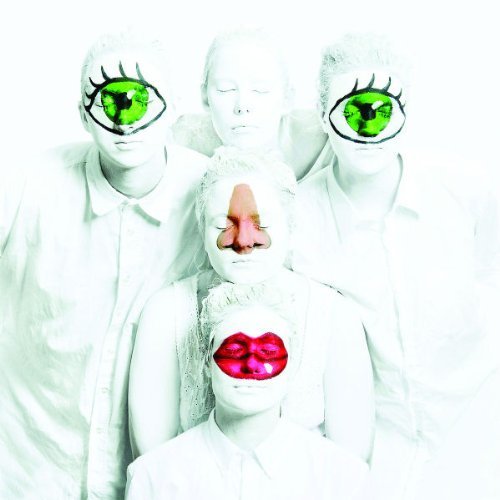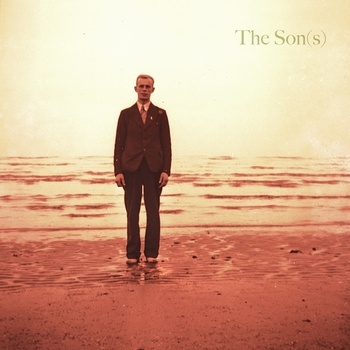Outshine Family is the latest moniker of 'musician/composer/sound artist/producer' Matthew Liam Nicholson whose old recording name, Function, presumably wasn’t proving quite vapid enough for him, though his musical style does not seem to have changed too radically from that of his old project. Apparently Nicholson has a keen interest in horticulture, and there is certainly a pastoral, rural atmosphere to this record, which calls to mind the act of striding through dew-soaked fields in the fresh morning air, or spending a Sunday afternoon touring the aisles of a slightly above average garden centre. Using a broad range of instruments, the music has a comforting organic feel, complemented with occasional brushstrokes of electronics. Nicholson proclaims to be influenced by the likes of Sonic Youth, My Bloody Valentine, and Low, yet Galeria de la Luz neither achieves the skree-heavy enthusiasm of SY or MBV, nor manages to retain the comatose discipline of early Low or the soberer end of Post-Rock, such as Stars of the Lid. Often, it seems, there is either too little going on here, or too much.
At the excessive end of things are the self-consciously ethereal boy/girl vocals which are too frequently superfluous and, at worst, distract attention from the subtle nuances of the album’s superior, and much more captivating, instrumentation. Nicholson is best when he lets the music do the talking, and several escapist soundscapes are brought back down to earth with a clunk as soon as the vocals kick in, with their largely inane lyrics (or even more inane "oohs”, “aahs” and “ba-ba-baas”) and very ordinary, pedestrian melodies, such as on the would-be rather glorious ‘May Death Less Darkly Find its Way’.
The song structures themselves don’t always lend themselves to the introduction of singing, and when the voice appears briefly for the middle section of ‘Always I Marvel At You’, it comes across as an unnecessary afterthought, as if towards the end of the recording process somebody suddenly asked 'Erm, shouldn’t we have some singing somewhere?' Well, the answer is no, and certainly not in this post-Post-Rock age, not unless it adds something to the track, or complements it in some way, instead of needlessly and inappropriately interrupting the composition before allowing it to once more return to its original peaceful haze. It’s a bit like Claude Monet adding a crudely drawn, wide-eyed cartoon frog to one of his water lilies because someone told him it would make his creation more relatable.
At times, Nicholson does manage to reconcile the vocal/instrumentation dichotomies, on the track ‘Silly Bird’ for example. The piece has balance, structure, flow, a captivating chorus with female vocals which succeed in simultaneously articulating both condemnation and empathy for whoever the daft fowl of the title may be, whilst the climax manages to achieve something of a My Bloody Valentine-style crescendo, albeit with strings and horns instead of thundering feedback-spewing guitars. Brian Eno-esque closer ‘Spectrum Ablaze’, meanwhile, is all too brief, whilst ‘A Carol for the Speechless and the Heartbroken’s electronically complemented piano tinklings recall the bald lord of ambient’s work with Harold Budd on 1984’s The Pearl.
Galeria de la Luz is pleasant enough, like a less otherworldly Múm, but Nicholson needs to hone his craft a little more, restrain himself when necessary, whilst at the same time loosening up to allow the music to lead him where it instinctively urges to go.
-
5J.R. Moores's Score























